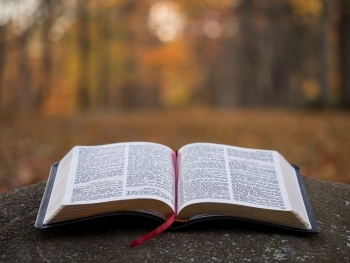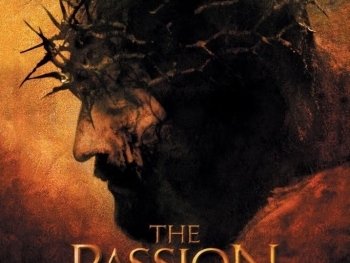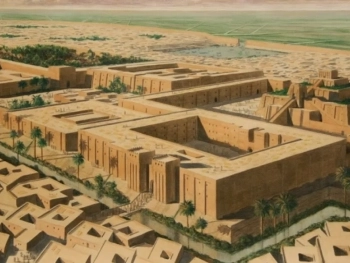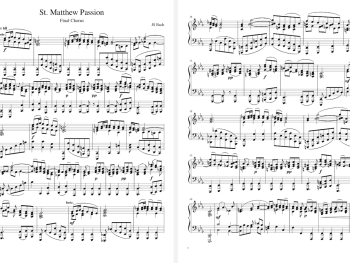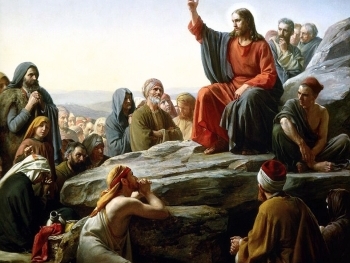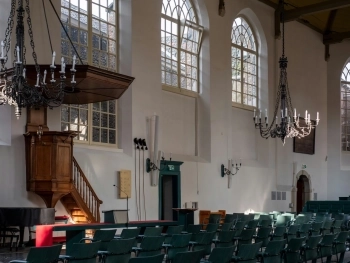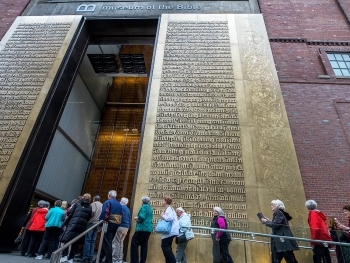Every so often, the Catholic Church invites the faithful to celebrate a special time of grace and renewal known as a Jubilee. This long-standing tradition, deeply rooted in both biblical teachings and Church history, is a time for spiritual reflection, forgiveness, and fresh beginnings. But where did this fascinating practice originate, and how has it evolved over the centuries?
Biblical Beginnings
The concept of the Jubilee can be traced back to the Old Testament, specifically the Book of Leviticus (25:8-13). According to Jewish law, every 50 years, a Jubilee year was to be observed. This was a time when debts were forgiven, slaves were freed, and land was returned to its original owners—a true societal reset! The idea was to create an opportunity for renewal and justice, ensuring that no one was permanently trapped by unfortunate circumstances. This biblical inspiration set the stage for the Catholic Church’s version of the Jubilee centuries later.
The First Catholic Jubilee
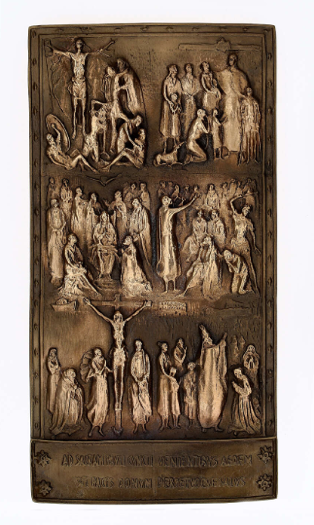
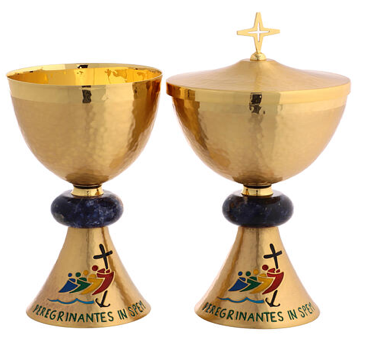
Fast forward to the year 1300, and we meet Pope Boniface VIII, the man credited with instituting the first official Jubilee in the Catholic Church. Pilgrims flocked to Rome that year after hearing that those who visited the holy sites would receive a plenary indulgence—the complete remission of temporal punishment for sins. Initially, Pope Boniface VIII had intended for Jubilees to occur every hundred years, but the enthusiasm was so overwhelming that future popes decided to shorten the interval. Holyart offers some official 2025 Jubilee church products, gifts and souvenirs, use code JG10 for 10% off an order.
An Evolving Celebration
Over time, the Jubilee became a more frequent event. Pope Clement VI declared the next Jubilee in 1350, reducing the gap to fifty years. Later, Pope Paul II adjusted the interval to every 25 years in 1470, making it more accessible to each generation. This established the pattern that continues today, with an ordinary Jubilee celebrated every quarter-century and extraordinary Jubilees announced for special occasions.
One of the most famous extraordinary Jubilees was proclaimed by Pope John Paul II in the year 2000, marking the turn of the millennium. More recently, Pope Francis declared an extraordinary Jubilee of Mercy in 2015, focusing on forgiveness and compassion.
Jubilee Traditions and Customs
One of the most striking symbols of a Jubilee is the Holy Door, found in St. Peter’s Basilica and three other major basilicas in Rome. Normally sealed shut, these doors are ceremoniously opened during a Jubilee year, symbolizing the invitation to enter God’s mercy. Pilgrims from around the world walk through these doors as an act of faith and renewal.
Jubilees also emphasize acts of charity, reconciliation, and pilgrimage. Indulgences are granted to those who participate in certain religious practices, such as visiting designated holy sites, attending special Masses, and performing works of mercy.
A Celebration of Hope
The Catholic Jubilee is a powerful reminder that no matter how challenging life may be, there is always an opportunity for a fresh start. Whether it’s a moment to seek forgiveness, renew faith, or extend kindness to others, the Jubilee serves as a beacon of hope and joy for millions of believers worldwide. So, the next time a Jubilee rolls around, consider joining in—you never know what blessings it might bring!
Pilgrimage Map Jubilee Catholic Church Holy Year Pilgrimage Forgiveness Spiritual Renewal Pope Rome Holy Door Indulgence


